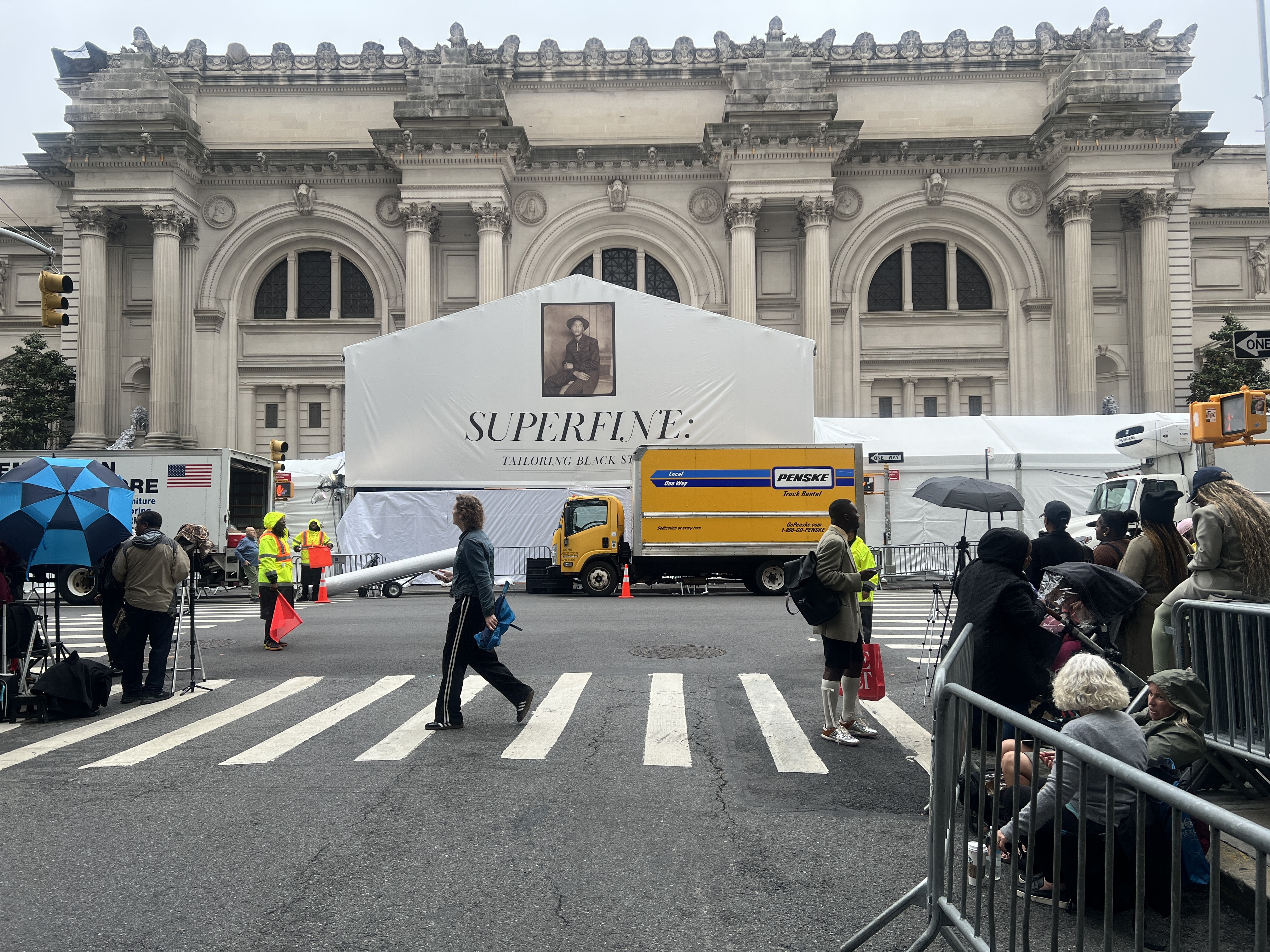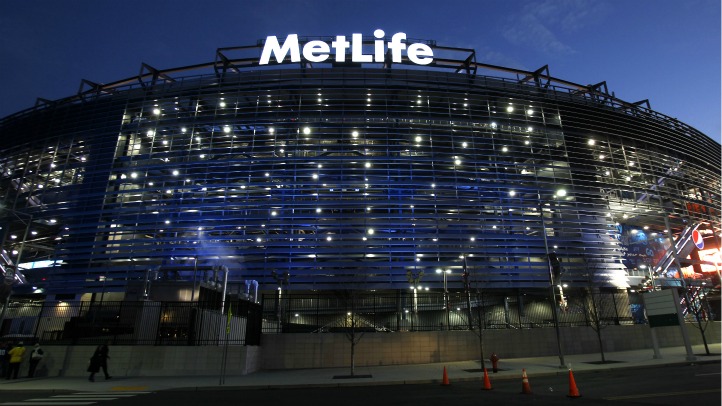Manhattan Congestion Toll: Still in Effect Despite Trump's Deadline!
Manhattan Congestion Pricing: Trump's Easter Deadline Ignored
Introduction: The Toll That Wouldn't Die
New York City's controversial congestion pricing toll – a $9 fee levied on most drivers entering the busiest parts of Manhattan – remains stubbornly in place. Despite an Easter Sunday "deadline" from the Trump administration to halt the program, the toll collection system continues to operate. This begs the question: what's really going on, and how will this impact drivers?
Congestion Pricing: What Is It?
Congestion pricing, in essence, is a system designed to reduce traffic in heavily congested areas by charging drivers a fee to enter those zones during peak hours. Think of it like surge pricing for roads. The idea is that by making driving more expensive, some people will choose alternative transportation methods like public transit, biking, or walking. Ultimately, the goal is to alleviate traffic jams, improve air quality, and generate revenue for public transportation improvements. But is it that simple? Let's delve deeper.
The Rationale Behind Congestion Pricing
New York City traffic is legendary. It's not just an inconvenience; it's a major drag on the economy and the environment. Proponents of congestion pricing argue that it's a necessary tool to combat these problems. They envision a city with smoother traffic flow, cleaner air, and a more robust public transportation system. The revenue generated from the toll is earmarked for improving the city's aging subway and bus systems. So, it's not just about punishing drivers; it's about investing in a better future for all New Yorkers.
Trump's Opposition: A Clash of Ideologies
The Trump administration, particularly through the actions of then-Transportation Secretary Sean Duffy, strongly opposed New York's congestion pricing plan. Duffy labeled the toll "a slap in the face to working-class Americans and small business owners." This opposition represents a clear ideological divide. On one side, you have those who believe in government intervention to address societal problems like congestion and pollution. On the other, you have those who advocate for less government involvement and lower taxes, even if it means tolerating existing problems.
Duffy's Rescinded Approval and Deadlines
Duffy rescinded federal approval for the program in February, setting an initial deadline of March 21 for New York to comply. When the MTA challenged this decision in federal court, Duffy extended the deadline to April 20 (Easter Sunday). But why the strong opposition? Was it solely about helping working-class Americans, or were there other political considerations at play? It's hard to say for sure, but the timing and rhetoric certainly suggest a political dimension.
The MTA's Resistance: A Fight for Funding
The Metropolitan Transportation Authority (MTA), the state agency overseeing the tolls, has fiercely defended the congestion pricing plan. For the MTA, this isn't just about managing traffic; it's about securing much-needed funding for its massive transit system. Think of the MTA as a patient in desperate need of a blood transfusion. Congestion pricing is the life-saving donation they're counting on.
Legal Challenges and Court Battles
The MTA has challenged Duffy's decision in federal court, arguing that the rescission of approval was unlawful and politically motivated. This legal battle is far from over, and its outcome will have significant implications for the future of congestion pricing in New York City. The court case serves as a crucial step because if the courts decide that Duffy’s rescission was illegal, this could greenlight the initiative.
The $9 Toll: How It Works
So, how exactly does the $9 congestion toll work? It applies to most cars entering Manhattan below 60th Street during peak hours. Traffic cameras automatically detect vehicles entering the zone and charge the toll electronically. Some vehicles, such as emergency vehicles and certain government vehicles, are exempt. Are there any exceptions for low-income drivers or residents of the congestion zone? These are critical questions that policymakers are still grappling with.
Traffic Cameras and Electronic Tolling
The system relies on a network of traffic cameras that automatically read license plates and charge the toll electronically. This is similar to the tolling systems used on many highways and bridges. However, the congestion pricing system is more complex, as it takes into account the time of day and the location of entry into the congestion zone. This is a sophisticated piece of technology that is essential for the system's operation.
Impact on Drivers: Winners and Losers
Congestion pricing will inevitably create winners and losers. Drivers who frequently travel into Manhattan during peak hours will likely face higher costs. However, those who can switch to public transit, bike, or walk may benefit from reduced traffic congestion. Small business owners who rely on deliveries into Manhattan may also feel the pinch, but hopefully, the improved traffic flow will help them in the long run.
Financial Burden on Commuters
For many commuters, the $9 toll will represent a significant financial burden. Imagine a commuter who drives into Manhattan five days a week. That's an extra $45 per week, or over $2,000 per year. This is a considerable sum of money, especially for those who are already struggling to make ends meet. But the potential benefits of reduced commute times and cleaner air should also be considered.
Alternative Transportation: A Viable Option?
One of the key goals of congestion pricing is to encourage people to switch to alternative transportation methods. But is public transit in New York City reliable and affordable enough to accommodate a significant influx of new riders? Are there adequate bike lanes and pedestrian infrastructure to support a shift towards biking and walking? These are important questions that need to be addressed if congestion pricing is to be truly successful.
Investing in Public Transit
The success of congestion pricing hinges on the availability of reliable and affordable public transit options. The revenue generated from the toll should be used to improve the city's subway and bus systems, making them more attractive to commuters. This means investing in new trains and buses, upgrading infrastructure, and improving service frequency. This will help ensure the subway can handle the load when more people take the subway instead of driving to work.
Environmental Impact: Cleaner Air and Reduced Emissions
One of the most compelling arguments in favor of congestion pricing is its potential to improve air quality and reduce greenhouse gas emissions. By reducing traffic congestion, the system can help to lower pollution levels and improve public health. This is particularly important in a city like New York, where air pollution is a major concern. The potential environmental benefits are significant and should not be overlooked.
Long-Term Sustainability
Congestion pricing is not just a short-term fix; it's a long-term strategy for creating a more sustainable city. By reducing traffic congestion and promoting alternative transportation methods, the system can help to create a more livable and environmentally friendly urban environment for generations to come. However, it's important to monitor the system's impact closely and make adjustments as needed to ensure that it is achieving its goals.
The Future of Congestion Pricing: Uncertainty Ahead
The future of congestion pricing in New York City remains uncertain. The legal battle between the MTA and the federal government is ongoing, and the outcome will have a significant impact on the program's fate. Even if the legal challenges are resolved, there is still the possibility that the political landscape could shift, leading to further opposition to the toll. One thing is for sure: the debate over congestion pricing is far from over.
Political and Legal Challenges
The political and legal challenges facing congestion pricing are significant. The program has faced opposition from both Republicans and Democrats, and it is possible that the legal challenges could drag on for years. It is important to stay informed about the latest developments and to advocate for policies that promote sustainable transportation.
Conclusion: A Road Still Under Construction
New York City's congestion pricing plan is a complex and controversial issue. While the toll remains in effect despite the Trump administration's efforts to halt it, the program's long-term future is still uncertain. The outcome of the legal challenges, the political climate, and the effectiveness of alternative transportation options will all play a role in determining whether congestion pricing ultimately succeeds. Only time will tell if this innovative approach to urban transportation will become a model for other cities around the world, or if it will remain a contentious experiment in the Big Apple.
Frequently Asked Questions (FAQs)
-
Q: What happens to the revenue generated from the congestion toll?
A: The revenue is dedicated to improving New York City's public transportation system, including subway and bus upgrades, repairs, and expansions. This is a key component of the plan aimed at making the transit system more attractive and efficient.
-
Q: Are there any exemptions to the congestion toll?
A: Yes, certain vehicles are exempt, including emergency vehicles, vehicles transporting people with disabilities, and some government vehicles. Additionally, there may be discounts or exemptions for low-income drivers or residents of the congestion zone, although these are still being finalized.
-
Q: How will congestion pricing impact small businesses in Manhattan?
A: The impact on small businesses is a concern. While reduced congestion could improve delivery times, the toll could also increase transportation costs. The city is exploring ways to mitigate any negative impacts on small businesses, such as providing tax credits or subsidies.
-
Q: What are the alternative transportation options for getting around Manhattan?
A: New York City offers a wide range of alternative transportation options, including the subway, buses, ferries, taxis, ride-sharing services, biking, and walking. The city is also investing in expanding bike lanes and pedestrian infrastructure to encourage more people to choose these modes of transportation.
-
Q: How can I stay informed about the latest developments in congestion pricing?
A: Stay informed by following the news, visiting the MTA's website, and contacting your local elected officials. Public forums and community meetings are often held to discuss congestion pricing, providing opportunities for residents to voice their concerns and ask questions.



